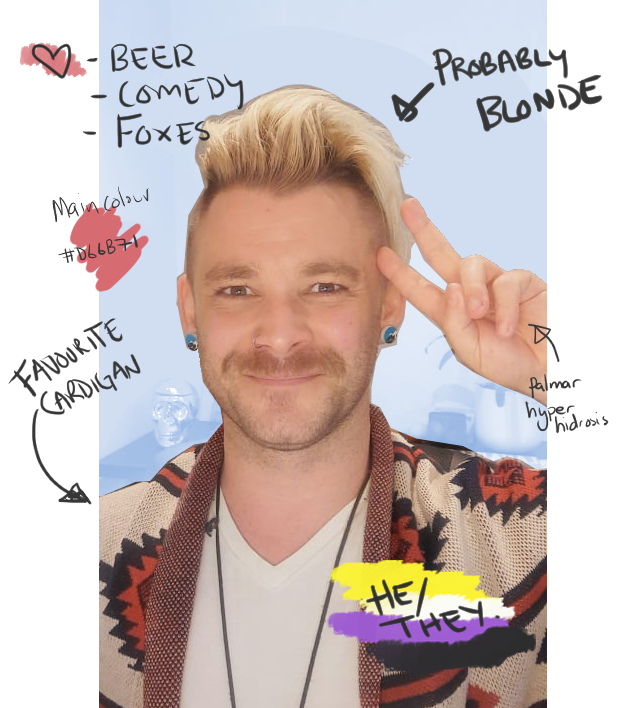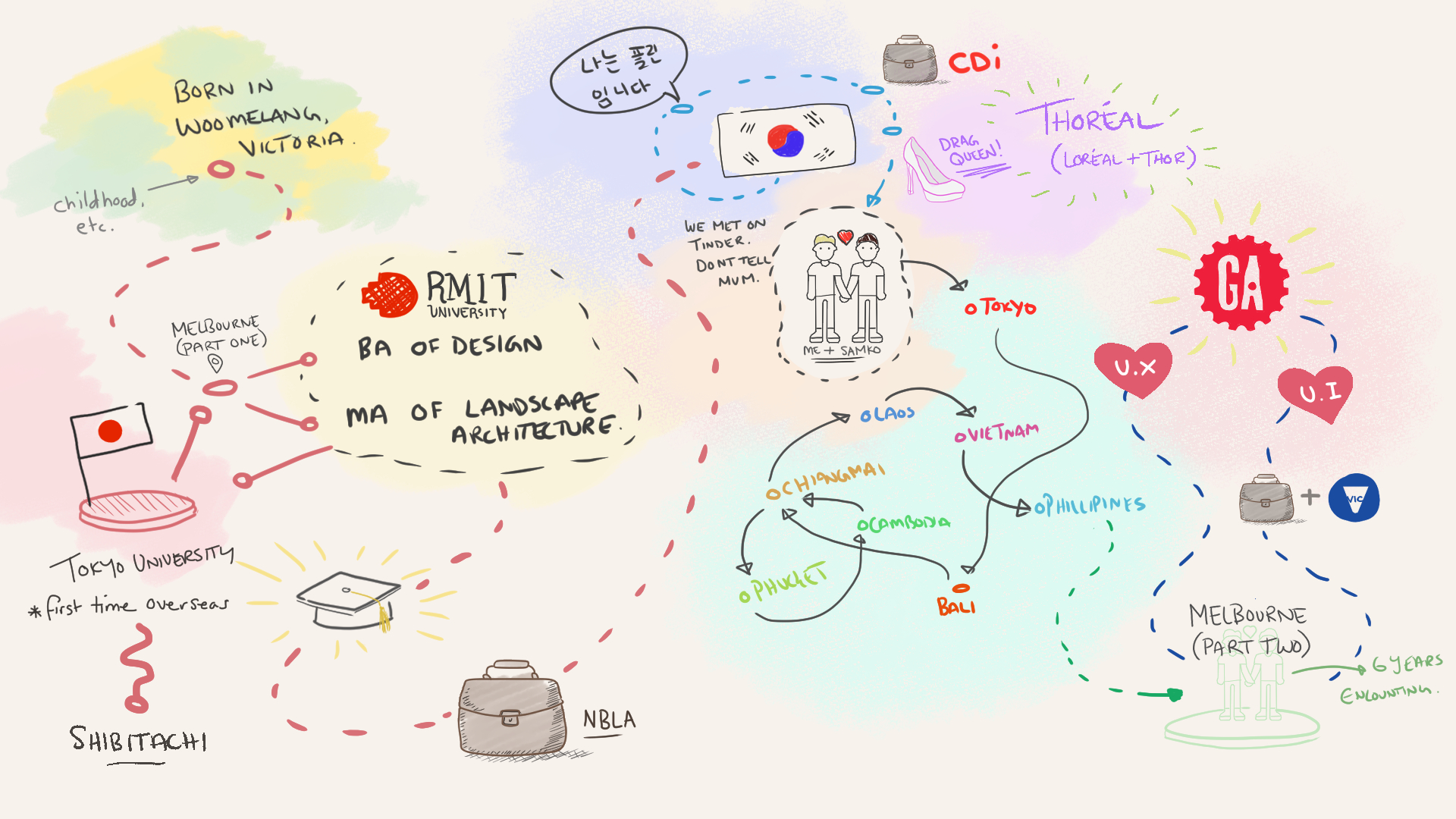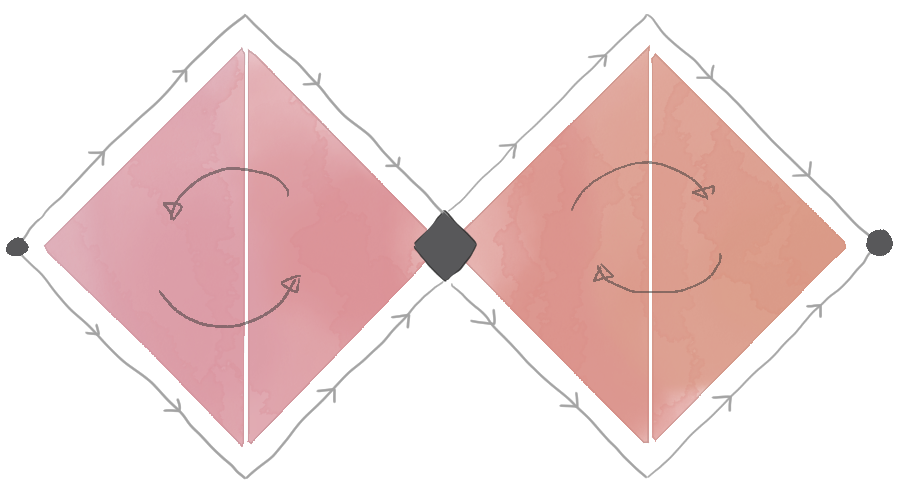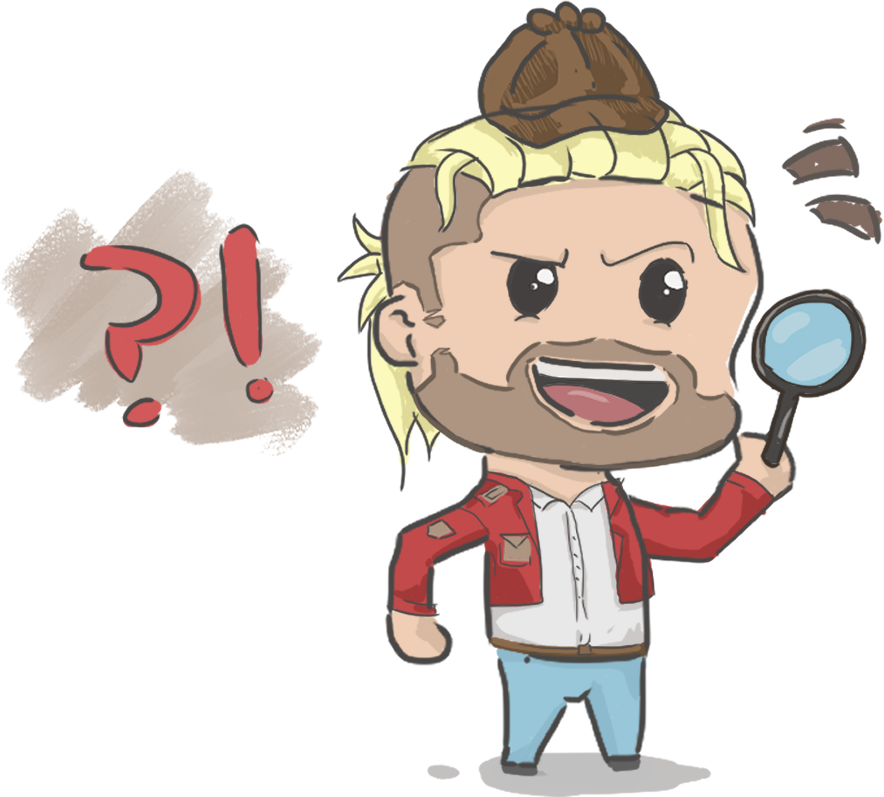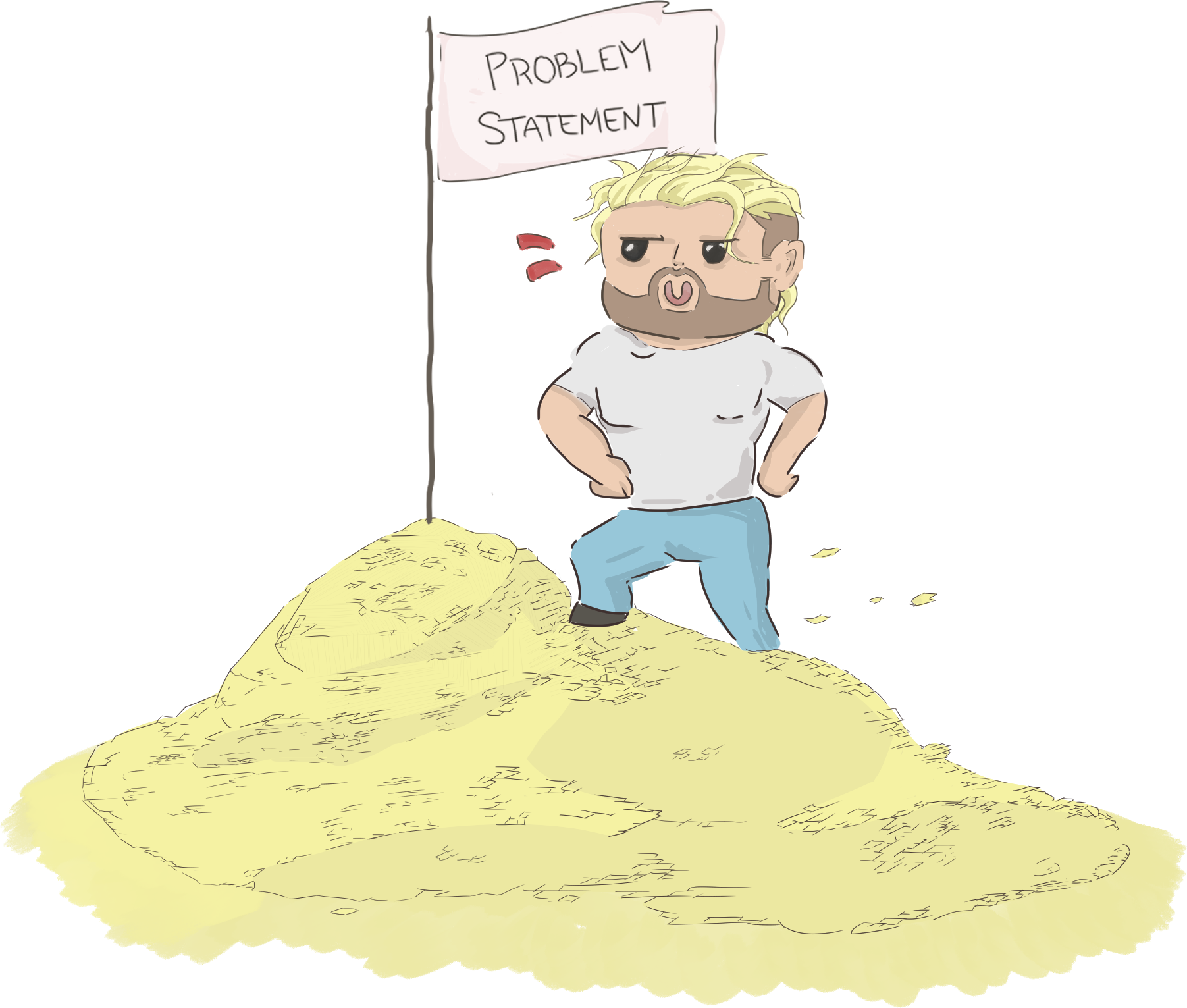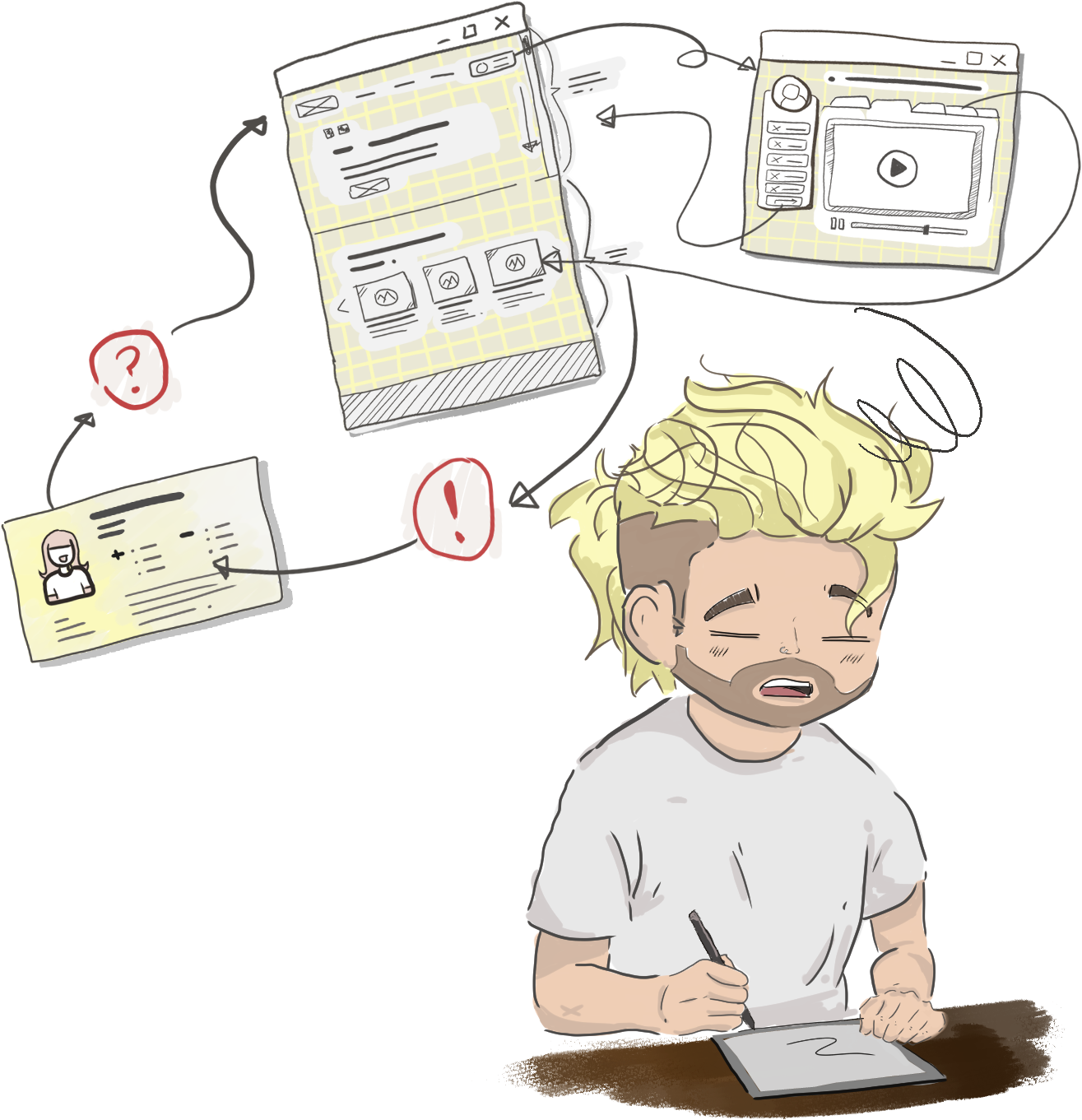Here, I'm going to show you my relationship with my design thinking process along with examples of challenges I have faced as a designer.
Like most people that studied at GA I was religiously taught the double diamond method. And as reliably formulaic as the double diamond is, I think it's still flexible enough to expose many design probabilities and variables. And that's what excites me.
I've referred to two case studies that I've used as an example:
Lifeblood App: Encouraging users to have a more positive attitude towards donating blood.
ConsultXperts: A two-sided marketplace aimed at connecting experts with jobs through an online platform.
